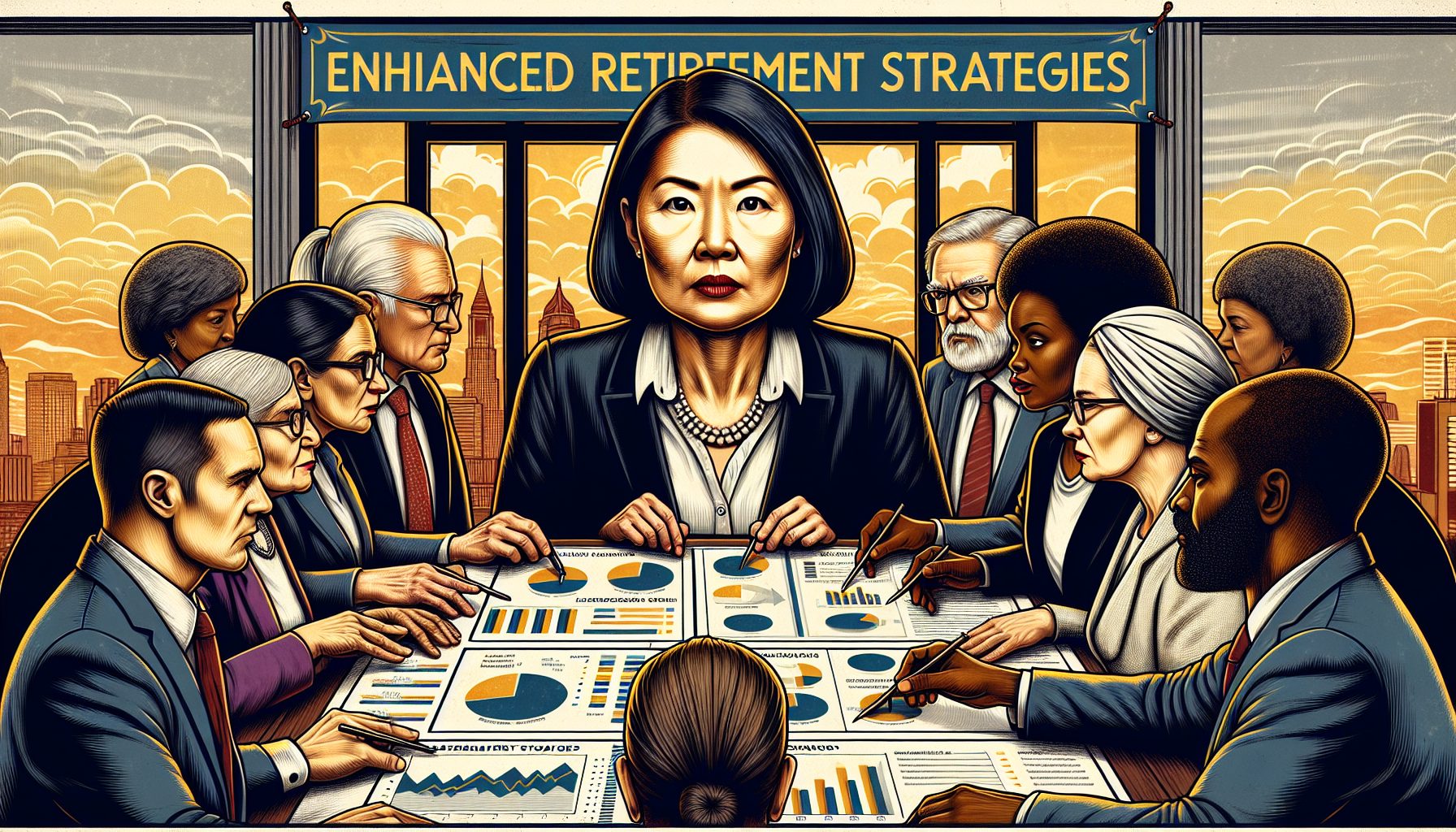There’s one thing that executives who run information system projects often forget they’re in charge of.
Information.
It’s so easy—and fascinating—to get caught up in software engineering that you can forget the actual object is to deliver the right information to the right people at the right time to make good decisions.
No decision in a company, whether it’s a low-wage “service” organization like a fast-food retailer or a high-end “knowledge” company such as a global consultancy, is as important as the acquisition of the people who will be playing roles in the company—and making decisions.
Which is why wise technology leaders are not waiting for the chief executive officer or the vice president of personnel to initiate a review of their practices for employing and deploying “human capital.” They realize technology now makes it possible to specify the requirements and needs for any job, with great clarity.
This relies on relatively precise modeling of the skills, knowledge and mental characteristics needed for any particular job. Then, your company finds the real live person who meets 60% or 70% of the needs, leaving enough room for the person to grow into the job and excel at it.
It’s an approach developed in the offline world almost 40 years ago by David McClelland at Harvard University. He was helping the State Department understand why only half of Ivy League graduates succeeded in diplomatic assignments.
His work resulted in the idea of “competencies”: descriptors of knowledge, skills and behaviors most directly leading to success in a particular line of work.
In the technology world, this can be defining those essential pieces of functional knowledge (such as the ability to program in C#), process knowledge (such as familiarity with Java or .Net Web service development) and analytic ability (skill in breaking down problems into its parts and then building a holistic response) that make for a great programmer.
But the principles apply everywhere. Former player Wayne Embry applied the idea of competencies when he became general manager of the Cleveland Cavaliers, a long-moribund National Basketball Association franchise.
He never won a championship. But by specifying exact roles and talents needed from individual players, he and his company’s “board” (coaches and managers) were able to identify when they were star-struck and overpaying for talent (forward Shawn Kemp) and how they could identify real producers even if the name recognition wasn’t nearly as high (guard Derek Anderson).
This is a theme you see played back consistently in this month’s cover package, “Backstop Your Business,” where Baseline writers have scoured professional sports leagues for lessons on how to deploy systems that help your company identify, retain and, at the right time, cut loose talent.
The bottom line you should take away from these reports is that this is not some sort of touchy-feely exercise. It is hard work. You have to collaborate hand-in-hand and mind-with-mind with your company’s strategy-setters and personnel-finders to come up with very precise definitions of the skills and characteristics needed in every position of your company; what the follow-up evaluation procedures will be; and how your software will capture, match and refine the performance that is needed.
There is help to be had. Among the companies with software already built to produce models and smooth out the tracking process are InScope, which already has 1,900 competencies in a database for creating the descriptions you’ll need; and PeopleSoft, which has built a multibillion-dollar business on identifying, managing and properly rewarding human capital.
But ready-to-use software is no magic weapon. It’s only a starting point. You have to immerse yourself in how it works best, what its limitations are, and how your company will use it in a way that creates clear competitive advantage.
You should take the lead in making it happen. It’s your responsibility to show that the effective management of information is your special competency.








